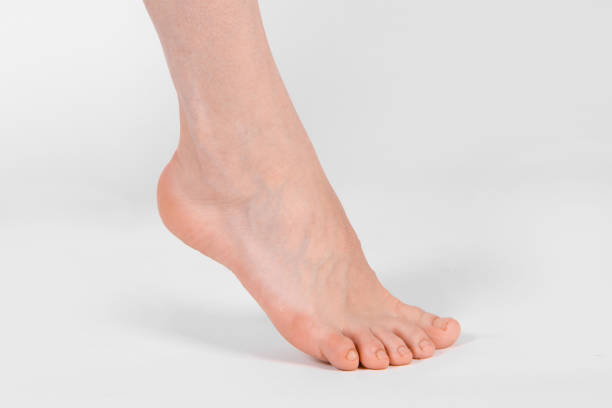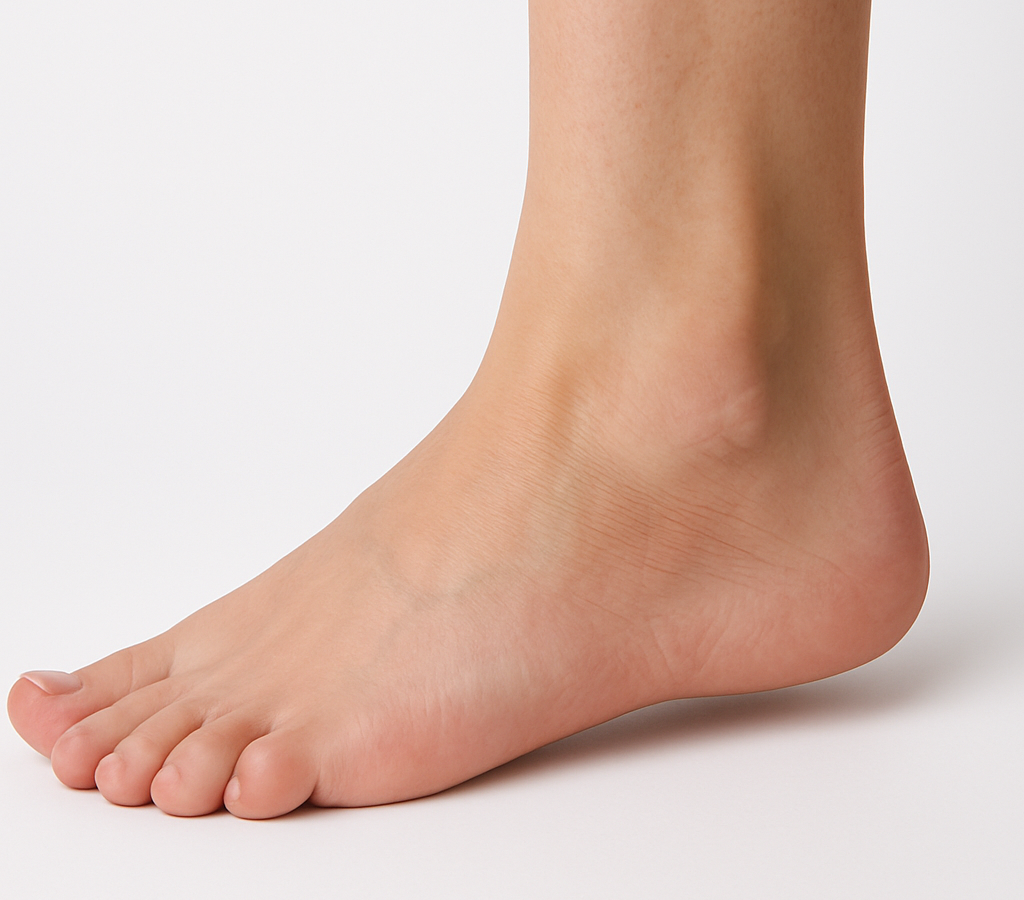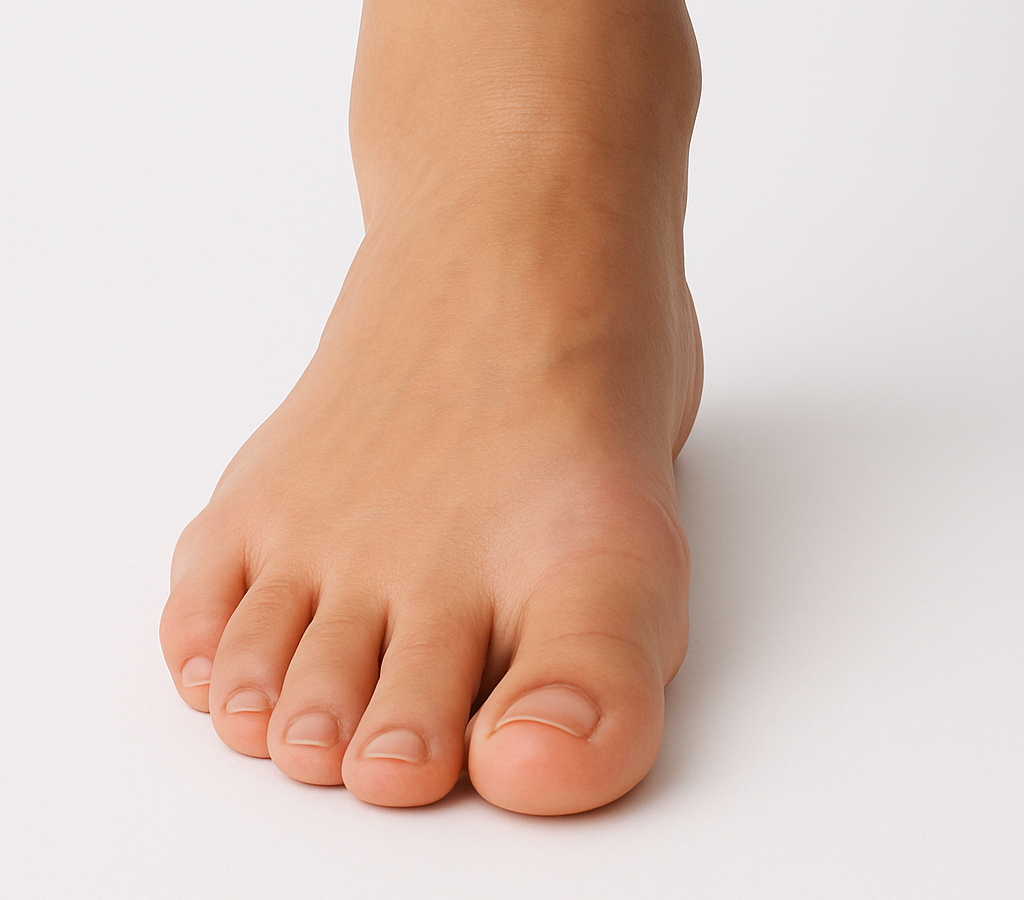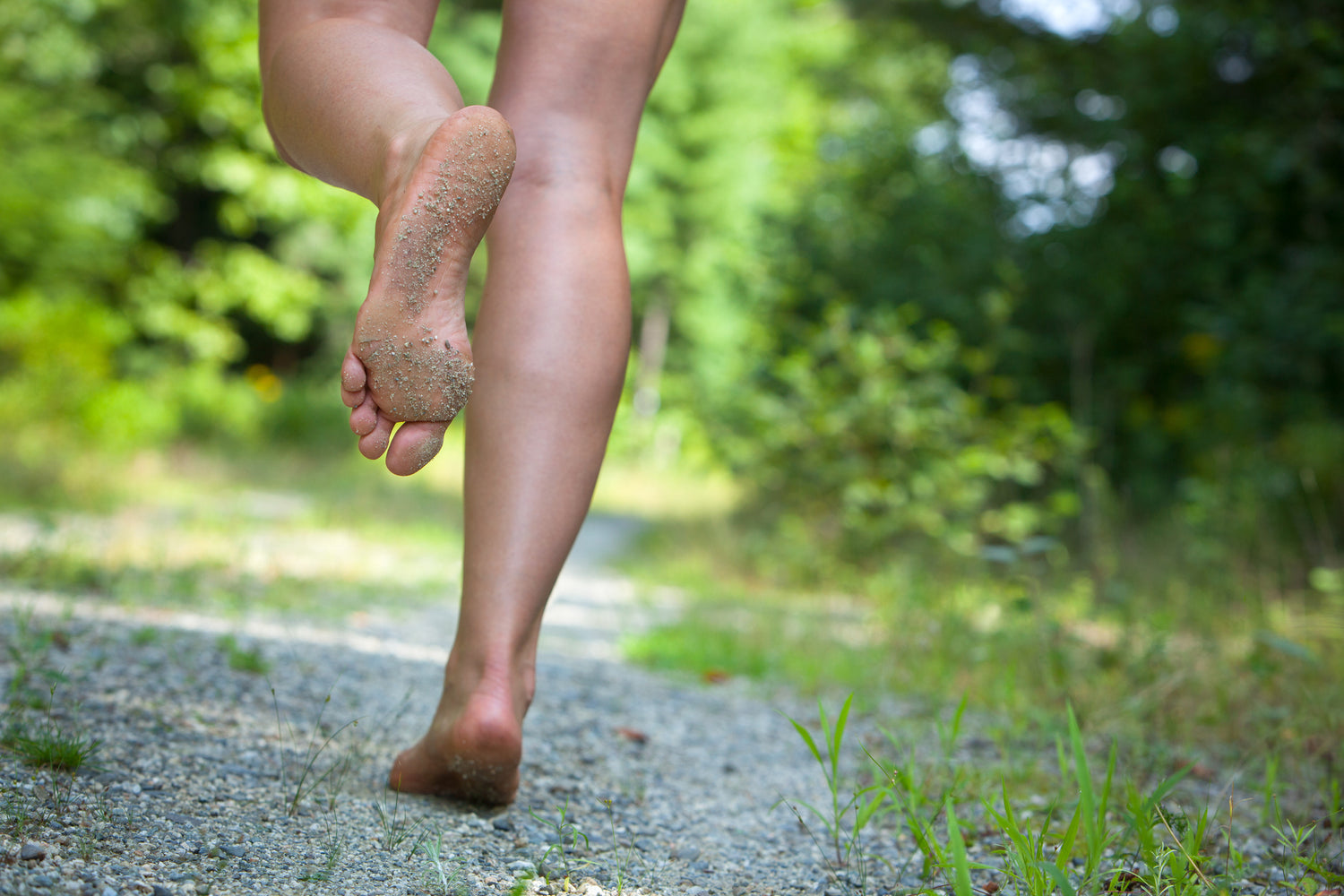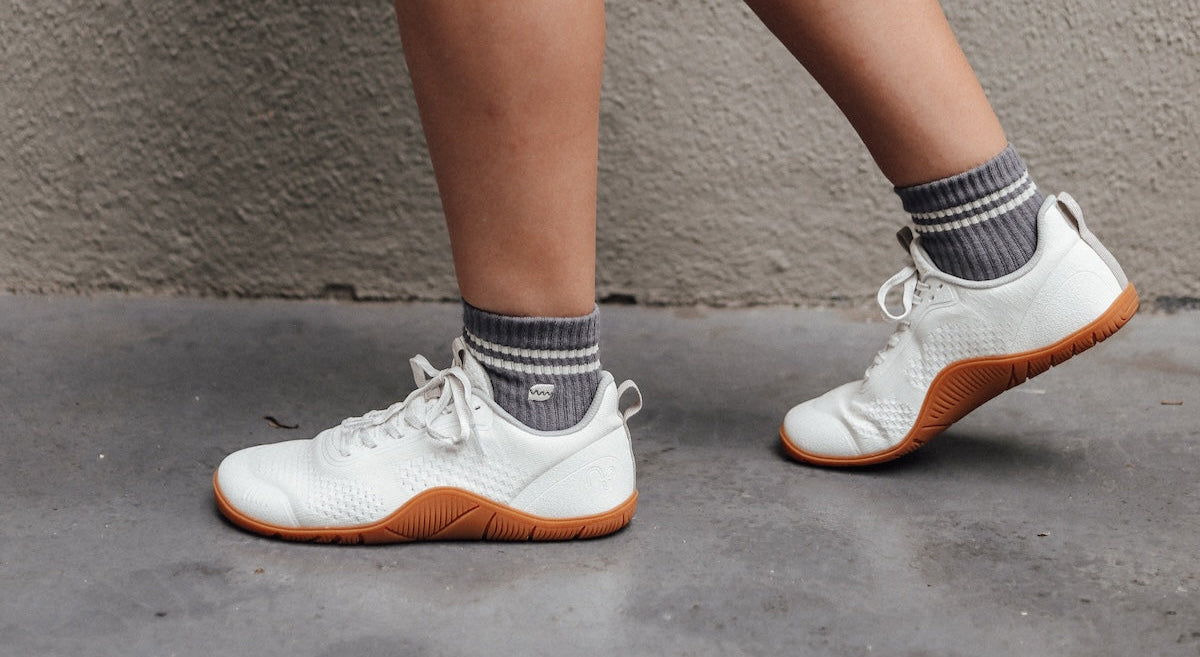It moves in two directions. Plantar flexion is when you’re sitting with your legs out infront of you and you point your toes forward and down. And Dorsiflexion is when you unpoint your toes and your feet come back to normal position with toes pointing upwards. It’s basically your natural standing position.
